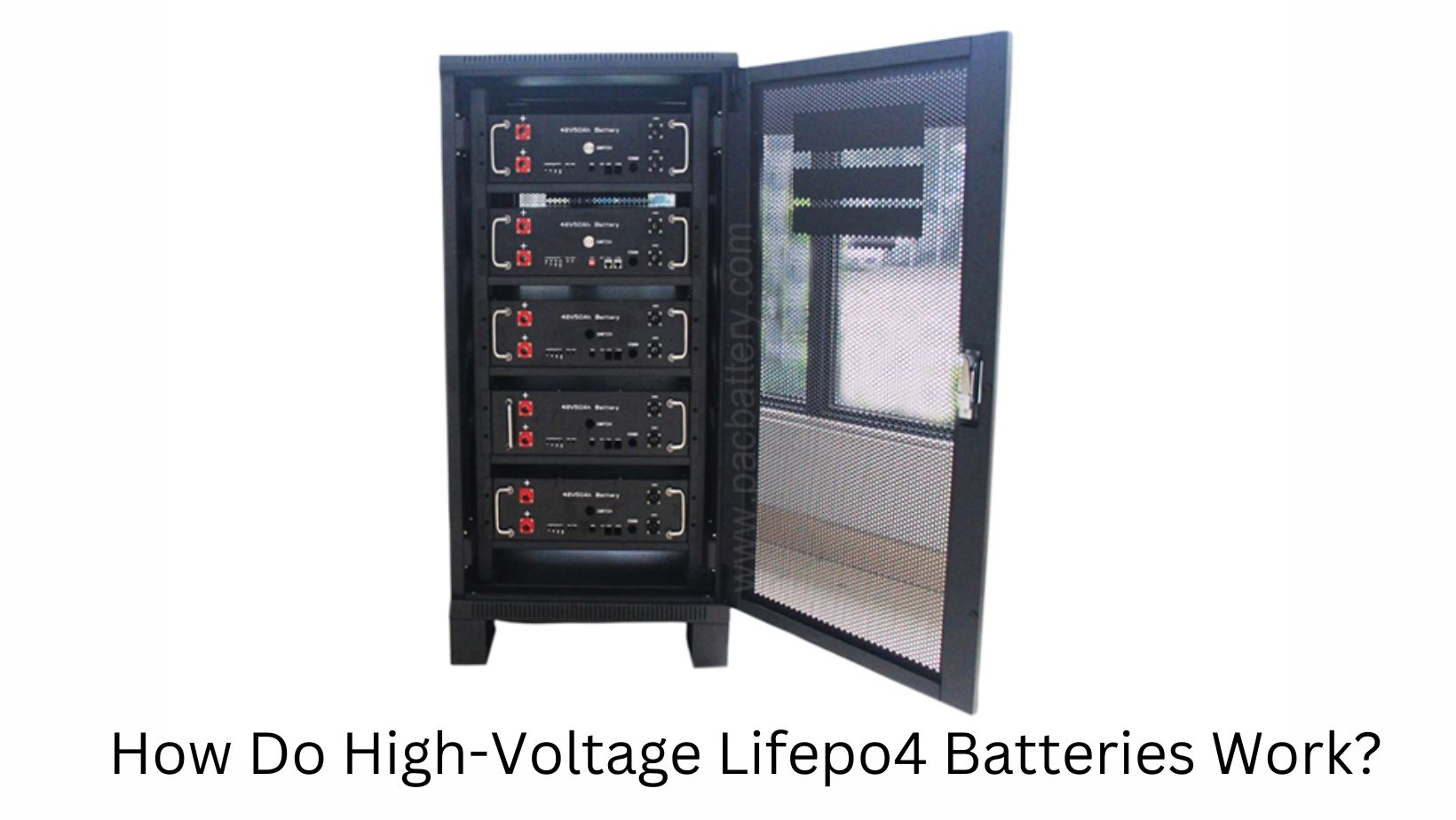Millions of people use lithium-ion phosphate batteries to brighten their homes, office, warehouses, and restaurants. These batteries have left their mark on every big and small device, like vapes, mobile phones, tablets, e-bikes, hybrids, and electric cars.
The basic structure of the battery consists of five essential things anode, cathode, electrolyte, separator, and two current collectors that are negative and positive.
The high-voltage lithium iron phosphate batteries possess advanced features and high-quality material cathode and anode. The cathode typically comprises LifePo4, while the anode is mostly lithium cobalt. This high voltage lifepo4 battery has 3 level battery management system, which provides full security and real-time monitoring efficiently and effectively. But how does it work? The working of the battery is discussed below in detail, so read the article till the end.
Working of High Voltage LiFePo4 Batteries
A typical high-voltage LiFePo4 battery pack comprises several cylindrical cells, each containing a positive electrode of lithium iron phosphate and a negative electrode of carbon. A porous separator separates the electrodes, encasing the whole cell in a metal can. When the battery is charging, lithium ions flow from the positive to the negative electrode, and when the battery is discharging, the lithium ions flow back again. The overall chemical reaction can be expressed as: LiFePO4 + C = Li+ + FePO4-+ 2e-. The advantage of using LiFePO4 as the positive electrode material is that it is much less likely than other lithium-based materials to undergo thermal runaway, making it much safer to use in high-voltage applications.
High-voltage LiFePo4 batteries use lithium iron phosphate as the positive electrode material. The “high voltage” refers to the fact that these batteries have a higher nominal voltage than other types of lithium-ion batteries, such as Li-ion batteries. The typical voltage of a high-voltage LiFePo4 battery is 3.2V, while the standard voltage of a Li-ion battery is only 3.7V.
Applications for High-Voltage LiFePo4 Batteries
One of the most common applications for high-voltage LiFePo4 batteries is in electric vehicles. These batteries are used in electric cars, buses, and trucks. They are also used in some electric bicycles and scooters.
High-voltage LiFePo4 batteries are also used in some portable electronics such as laptops and cell phones. In addition, these batteries are often used in backup power systems and solar energy systems as these batteries have a nominal voltage of 3.6 volts or higher, which work well for higher systems.
These batteries are safe, have a long shelf life, and offer high power. If you are looking for a battery that can meet your unique needs, then a high-voltage LiFePo4 battery may be the right choice for you.
Conclusion
High-voltage LiFePo4 batteries are a type of high-voltage battery that uses lithium iron phosphate as the positive electrode material. These batteries have many advantages over others on the market, including being more stable, durable, quicker charging/discharging, and having a longer lifespan. It is considered one of the best technological improvements. If you’re looking for a quality high-voltage battery for your next project, consider using aLiFPo4!









